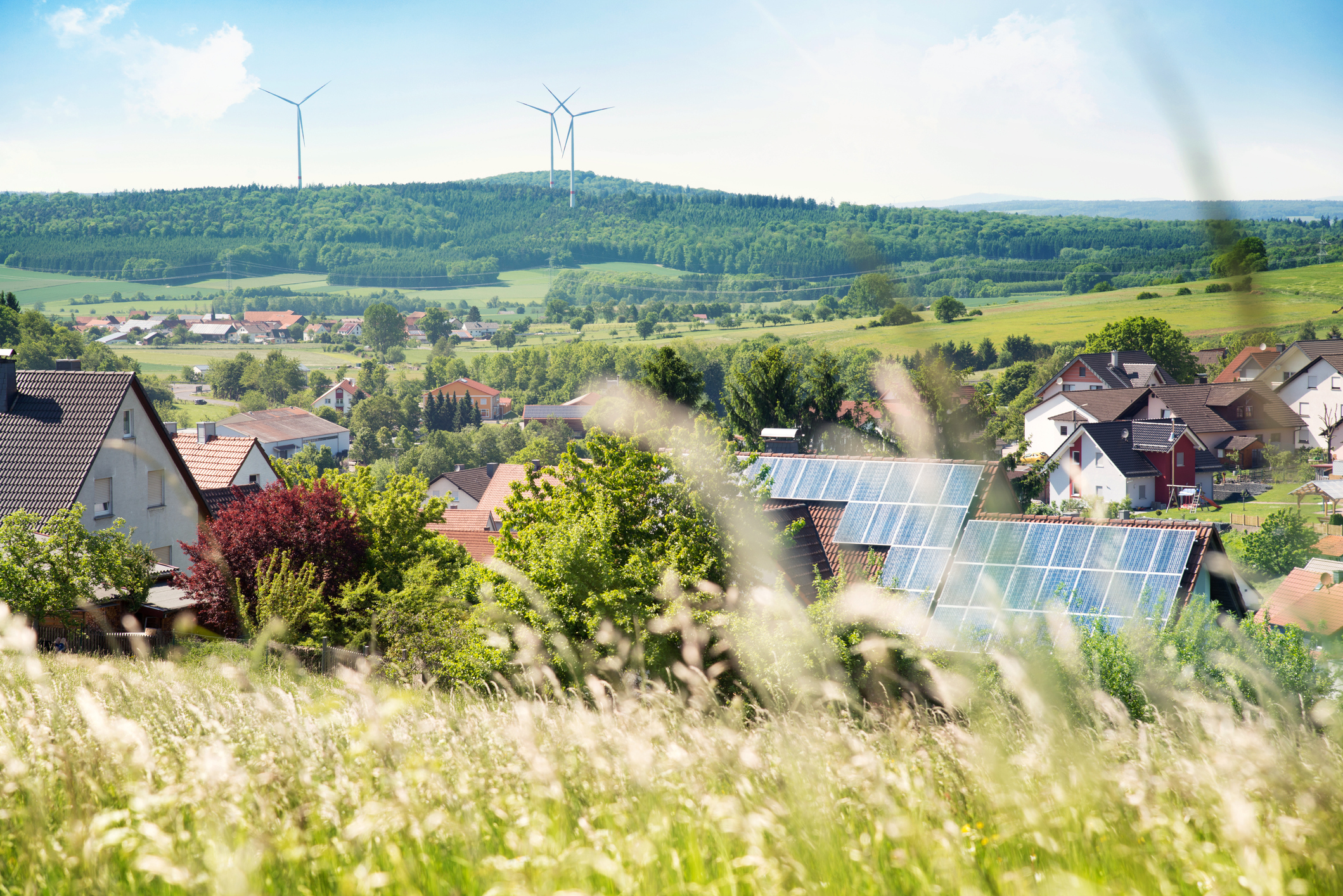Community energy has huge potential in reducing our emissions and helping us reach net zero. Community-owned renewable energy projects can help to decarbonise the UK’s energy system by generating clean, low carbon electricity that feeds into the grid.
There are all sorts of other benefits too, and because the projects are owned by the community, these benefits are felt locally. They include:
- Boosting the local economy, creating jobs and attracting investment, which is more important now than ever to build back greener after Covid-19.
- Reducing energy bills and saving money for the people involved in the community energy project, from households to businesses.
- Creating a connection between the community and their renewable energy project, so they feel empowered.
- Providing income to fund more local projects, mobilising the community, and turning their ambitions into reality.
- Inspiring the community to work together and solve other local issues, like improving transport connections.
- Taking positive action to tackle the climate emergency, showing everyone that change is possible.

